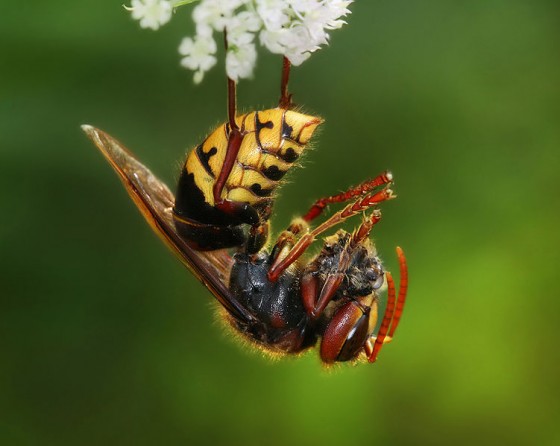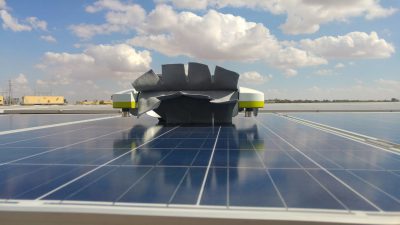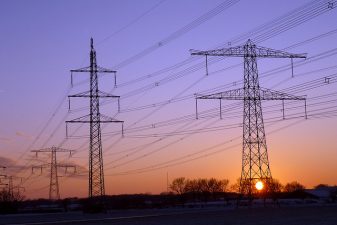 The hornet that captures the sun’s energy in its bright yellow abdomen teaches us that nature knows so much better than we do.
The hornet that captures the sun’s energy in its bright yellow abdomen teaches us that nature knows so much better than we do.
When we cover crazy schemes to manipulate nature – such as the plan to move mini oceans to the desert – I inevitably shake my head at our collective arrogance. These plans completely miss the beautiful truth that nature knows so much better than we do, if only we would stop and listen.
Nature is responsible for the thorny devil that can usurp water from one of the world’s most hostile natural environments; mother nature gave every wetland its own set of lungs (papyrus, for example) to filter out impurities. And it is nature that gave the Oriental hornet the remarkable ability to capture energy from the sun to fuel its daily activity.
According to the BBC, scientists had long realized that Vespa orientalis is active in the middle of the day, whereas wasps are usually busy in the mornings, and that there was some kind of connection between its productivity and sunlight.
But not until Professor Jacob S. Ishay proposed that perhaps they were using the sun for energy did an explanation begin to gain traction.
Dr. Marian Plotkin of Tel Aviv University led a joint project between Israeli and UK researchers that discovered that the hornet’s yellow band has special properties that allow it to both absorb and then convert the solar energy into activity.
The results were published in the journal Naturwissenschafton.
Oval shaped protrusions only 50nm tall jut out from the yellow part of the hornet’s abdomen, with small pin-hole depressions, which traps light. More light is trapped by sheet like structures stacked on top of one another.
But in order to use this energy, it has to be converted. This is achieved by a special pigment called xanthopterin that produces the bright yellow color and that converts the sun’s rays into a fuel that allows the hornet to dig its underground burrows.
“Xanthopterin works as a light harvesting molecule transforming light into electrical energy,” Dr. Plotkin told the BBC.
The dependence on the sun for energy explains why hornets are so much more active when the sun shines hardest. Dr. Plotkin also discovered that while many insects metabolize their fuel in a special organ called the “fat body,” Vespa orientalis metabolizes its energy in the yellow pigment.
Could this discovery herald a new evolution of solar cells, perhaps?
:: via the BBC
More lessons to learn from nature:
Sufi Poetry: Lessons In Nature & Leadership
Tinkering With Nature: World’s Largest Lagoon Planned For The Red Sea
Ecoventure “Lab” Gives Emirate Children Hands On Experience
image via wikipedia



